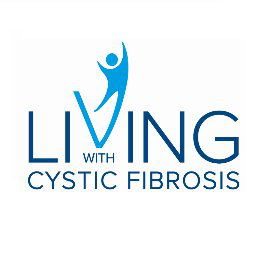Health column: Pulmonary hypertension
(SVB 2013)
Dre Lara Bilodeau Pulmonologist
Quebec University Institute of Cardiology and Pulmonology (Laval Hospital)
Quebec (Quebec) Canada
PULMONARY HYPERTENSION
Q: Can you explain to me what pulmonary hypertension is? What causes it? How do you recognize the symptoms? Are all lung transplant recipients equally at risk of developing pulmonary hypertension one day or another?
A: The term pulmonary hypertension means that the blood pressure is abnormally high in the arteries of the lungs. This phenomenon can be caused by several lung and heart diseases. In the case of lung disease, it is the chronic lack of oxygen that causes pulmonary hypertension. This complication can therefore occur in people with cystic fibrosis when the disease is at an advanced stage.
In the long term, pulmonary hypertension can lead to right heart failure. The heart is divided into two parts: the right and the left. The right side receives venous blood (blood with low oxygen content) from all organs and sends it to the lungs for oxygen. The left side receives oxygenated blood from the lungs and pushes it to all organs. If the pressure in the arteries of the lungs is abnormally high, the right heart has to pump harder to direct blood to the lungs. Over time, it can tire out and become less efficient. This is called right heart failure, which means that the right heart is no longer able to pump enough blood to the lungs. This results in backflow of blood through the veins, which can manifest as swelling (accumulation of fluid) in the legs and sometimes even in the stomach.
If pulmonary hypertension is suspected, a cardiac ultrasound should be done to make the diagnosis. This test measures the pressure in the arteries of the lungs and checks whether the heart is pumping normally. There is no specific treatment for pulmonary hypertension secondary to cystic fibrosis. Treatment involves removing excess fluid when the heart is no longer pumping sufficiently. This can be done by taking diuretics, which are medicines that make you urinate. The best treatment is prevention, by giving oxygen to people who need it.
As for people who have had a lung transplant, they should not have pulmonary hypertension unless they develop a breathing problem that causes a lack of oxygen. For example, a person with severe chronic rejection may have low oxygen levels and develop pulmonary hypertension.


